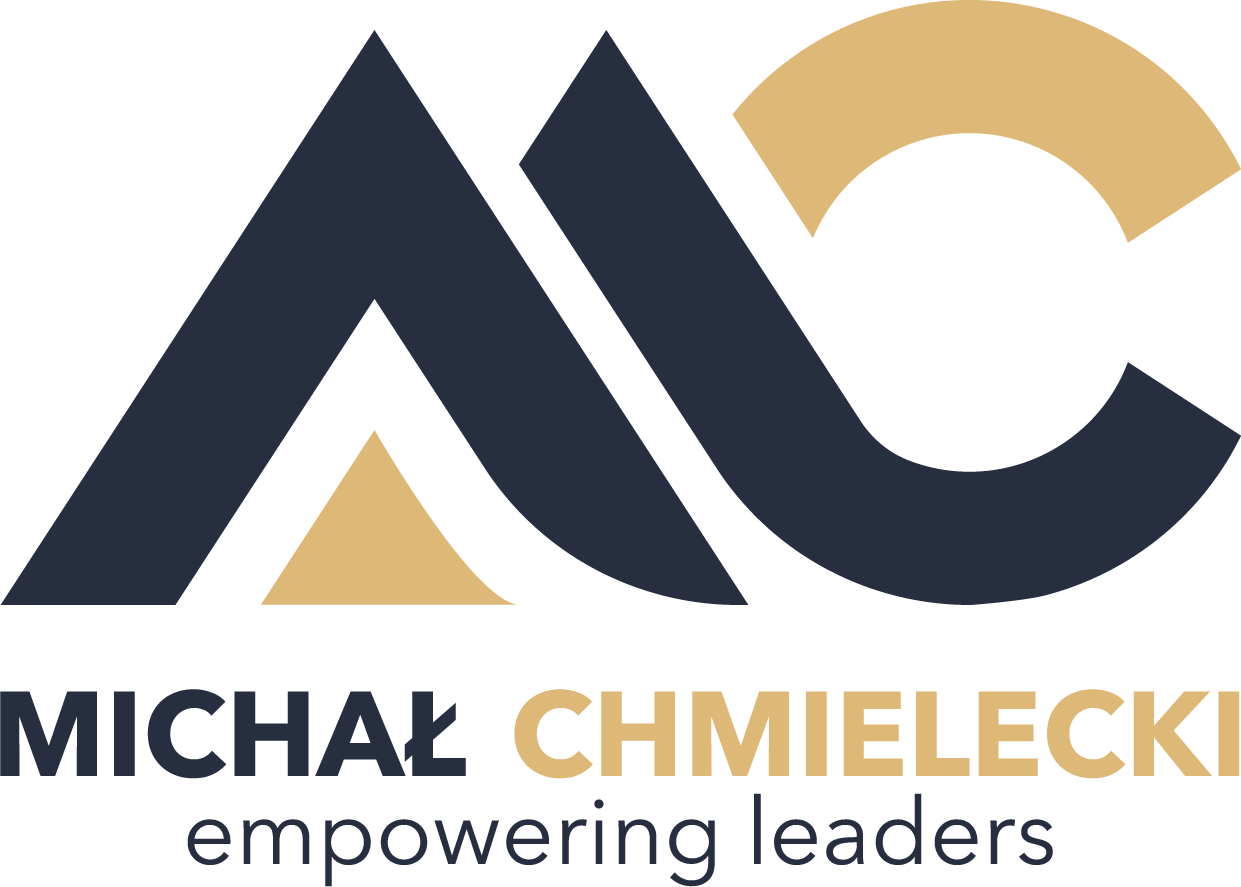The Architecture of Trust: How Internal Confidence Shapes External Performance
Introduction
Every organization, whether it realizes it or not, is built upon an invisible architecture of trust. This architecture determines how quickly ideas travel, how boldly risks are taken, and how honestly feedback flows. It is present in every conversation and hidden in every hesitation. While strategy and structure can be drafted on whiteboards, trust cannot be engineered through policy; it must be earned, relationship by relationship. And so, an organization’s true competitive advantage is not merely its capital, technology, or scale — it is the depth and durability of trust that circulates between its people. Where trust is high, communication becomes fluid, creativity blossoms, and alignment clicks effortlessly into place. Where trust is low, work becomes heavy, slow, politicized, and riddled with interpretation. In this way, trust silently governs the tempo of performance.
The Slow Erosion of Unspoken Doubt
Most cultures do not lose trust dramatically; they lose it microscopically. It is eroded by the small betrayals of everyday life — the meeting that ends without clarity, the leader who asks for vulnerability but responds with criticism, the colleague who withholds information to maintain leverage. These tiny fissures accumulate over time, leaving employees quietly vigilant, always protecting themselves against the next disappointment. And when self-protection becomes the dominant mindset, collaboration collapses. This erosion is rarely acknowledged out loud because distrust does not scream — it whispers. It hides behind polite smiles and careful silences. By the time metrics reveal the damage, the cultural wound is often deep. Healing requires not slogans, but skill: the ability to rebuild psychological safety through honest dialogue, careful listening, and negotiated understanding.
Negotiation as Trust Repair
In high-trust cultures, negotiation is not a battlefield; it is a bridge. It is the conversational art of revealing needs without disguising fear, of seeking alignment without sacrificing integrity. When cultivated properly, negotiation becomes a practice of mutual care — a way to prevent minor tensions from becoming major ruptures. It allows people to say, “This matters to me,” without triggering defensiveness. Organizations with mature trust architectures invest in experiential learning environments where employees can rehearse these emotionally complex exchanges. One effective approach is professional negotiation training, which equips individuals to navigate disagreement without damaging relationships. These practiced dialogues allow trust to be restored and reinforced before conflict calcifies. You can explore formats for this kind of immersive development here:
https://www.michalchmielecki.com/negotiation-workshops
The Integrity of Follow-Through
Trust is not built by promises; it is built by follow-through. Cultures that consistently honor commitments — even small ones — generate an ambient sense of stability. Employees feel the ground beneath them is solid. But when commitments are made casually and forgotten casually, the culture becomes brittle. People hesitate to depend on one another, which leads to duplicative efforts, hedged bets, and a constant search for backup plans. Execution slows, not because talent is lacking, but because confidence is fractured. Leaders who understand this principle treat commitments like currency; they do not spend it lightly. Over time, the integrity of follow-through becomes a signature of cultural refinement.
Transparency as Cultural Wealth
Transparency is often celebrated as a value, but in many organizations it is treated selectively. When transparency is inconsistent, employees learn to read between the lines — and that is where distrust grows. True transparency does not mean sharing every detail. Rather, it means sharing enough context so that people can act with confidence rather than caution. Cultures with high transparency operate with emotional generosity: they assume that employees deserve clarity. In return, employees respond with engagement. This reciprocal exchange becomes a form of cultural wealth — compounding silently, visible in morale, velocity, and voluntary effort.
Emotional Intelligence as Structural Support
An organization’s emotional intelligence forms the joists and beams of its trust architecture. It manifests in how leaders respond to stress, how feedback is received, and how failure is contextualized. In emotionally intelligent cultures, mistakes are examined, not weaponized. Leaders understand that every interaction either strengthens or weakens the architecture. They know that criticism without empathy cracks foundation, and praise without specificity offers no reinforcement. As these emotional competencies spread through teams, trust becomes not just personal, but structural — embedded in norms, rituals, and reflexes.
The Luxury of Felt Safety
In elite organizations, safety is experienced as a form of luxury — rare, coveted, and transformative. When employees feel safe enough to challenge assumptions, creativity can stretch to its full height. When they believe they can admit doubt without losing dignity, they learn faster and share more openly. The felt sense of safety becomes a quiet engine powering innovation. And like all valuable luxuries, it cannot be faked; it must be crafted. Every courageous conversation, every respectful disagreement, and every well-negotiated tension becomes a thread in the cultural weave.
Trust as a Performance Multiplier
Trust accelerates everything it touches. Decisions are made with fewer approvals; conflicts are resolved with less drama; collaboration flows with less friction. The organization becomes lighter — agile without panic, ambitious without exhaustion. Meanwhile, companies with thin trust become bogged down in bureaucracy, resentment, and second-guessing. Their people spend more energy defending turf than pursuing possibility. The difference in performance between high-trust and low-trust cultures is not incremental — it is exponential. Trust is the multiplier that transforms effort into excellence.
Conclusion: Designing for Invisible Strength
In the end, the organizations that endure are those that invest in the architecture no one sees. They understand that trust is not sentimental; it is structural. It holds complexity without collapsing, supports ambition without cracking, and gives people the confidence to do their best work in public. When negotiation becomes graceful, follow-through becomes dependable, and transparency becomes generous, trust weaves itself into the very grain of the culture. This invisible strength becomes a competitive advantage that cannot be copied, only cultivated. And those who cultivate it will find that performance is not coerced — it is released.
